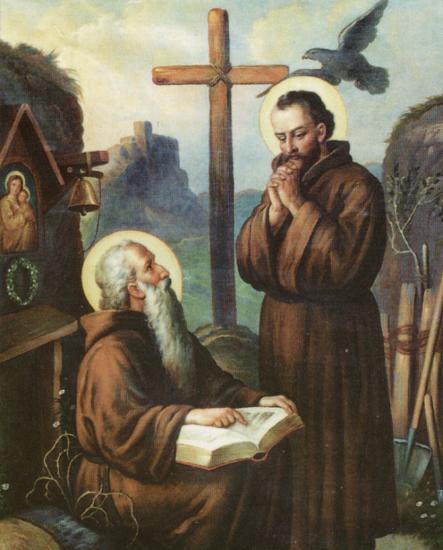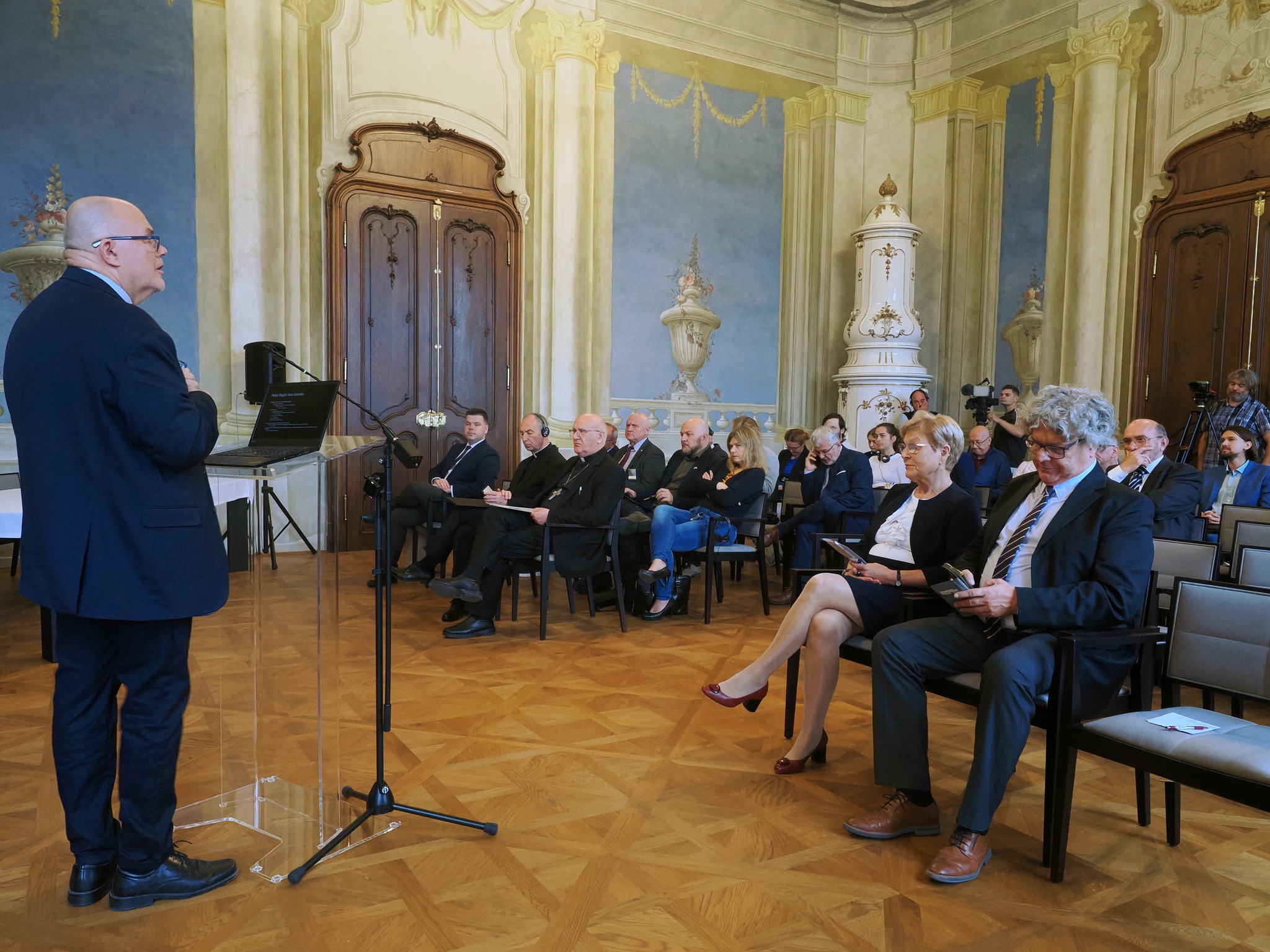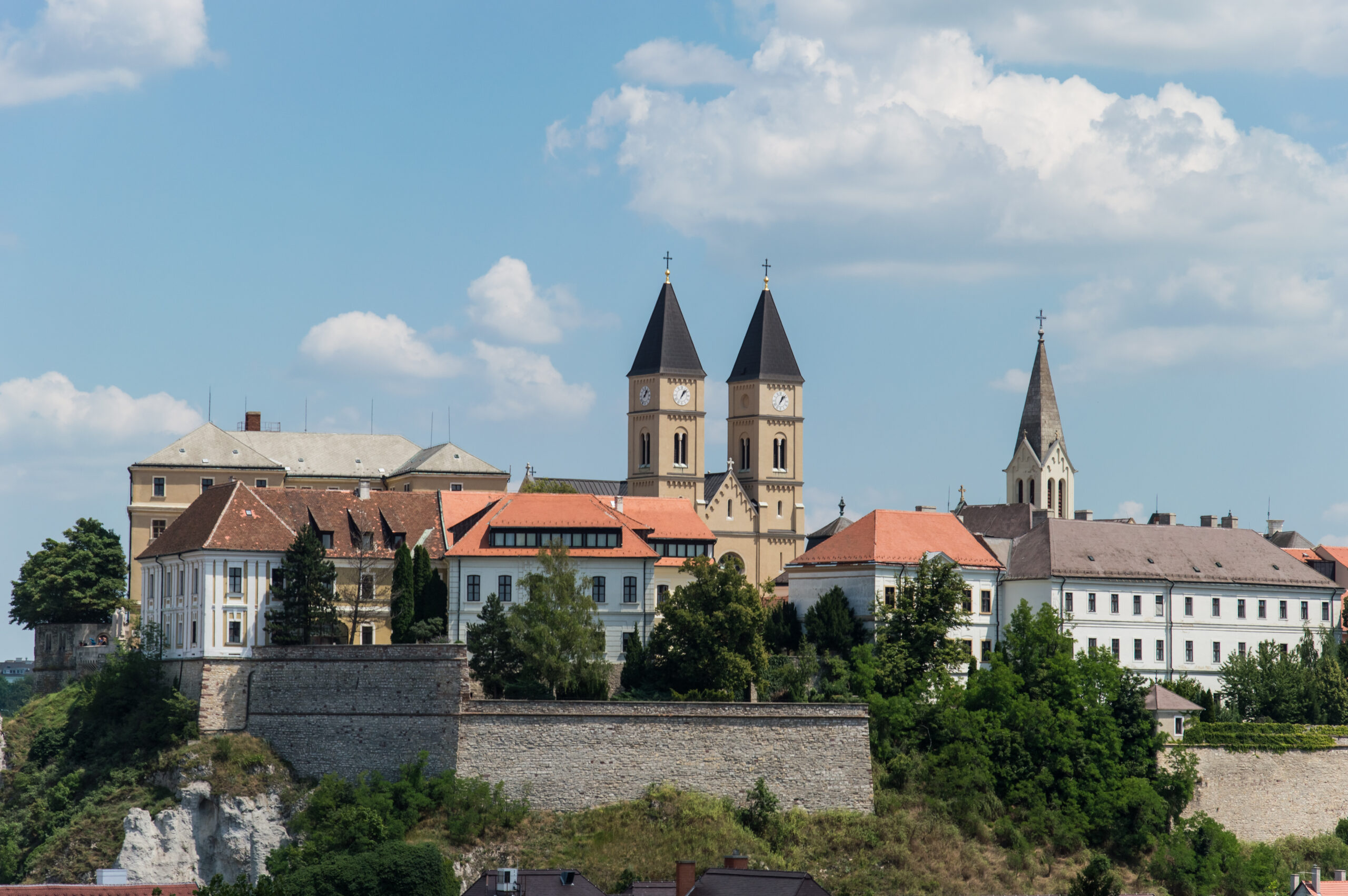Saint Andrew-Zorard and Benedict – Zobor
Fact of the Hungarian figure „St. Stephen and others – First christian saints in Hungarian Kingdom”
Part of the „The patrons and guardians of the land” topic
The first Hungarian legend about Zorard and Benedict was written in the mid-1060s by Maurus, the Bishop of Pécs, taking the reader back to the reign of Saint Stephen. Zorard, originally a peasant of Polish origin, arrived at Mount Zobor, where he received monastic robes from Abbot Philip and took the name Andrew. The exact timing is debated, but it is believed to be during the first or second decade of the 11th century. Andrew-Zorard embraced a life of extreme asceticism, retiring to a hermitage, fasting rigorously, and physically torturing himself while performing hard labor daily.
Following Andrew-Zorard’s death, his disciple Benedict continued this strict way of life. Benedict’s martyrdom occurred when bandits killed him. His body, thrown into the Váh River, remained unfound for a year until an eagle miraculously led people to it. When recovered, his body was found to be intact, further enhancing his veneration.
Even before the mid-1060s, Zorard had developed a local cult known for its miracles, such as bringing two men back from the dead who were thought to be dead. The significance of their lives culminated in 1083, a key year in Hungarian Christianity when, on July 16 and 17, Andrew-Zorard and Benedict were canonized in Nitra (Nyitra). Andrew-Zorard was recognized for his religious merits, while Benedict was honored for his martyrdom.





